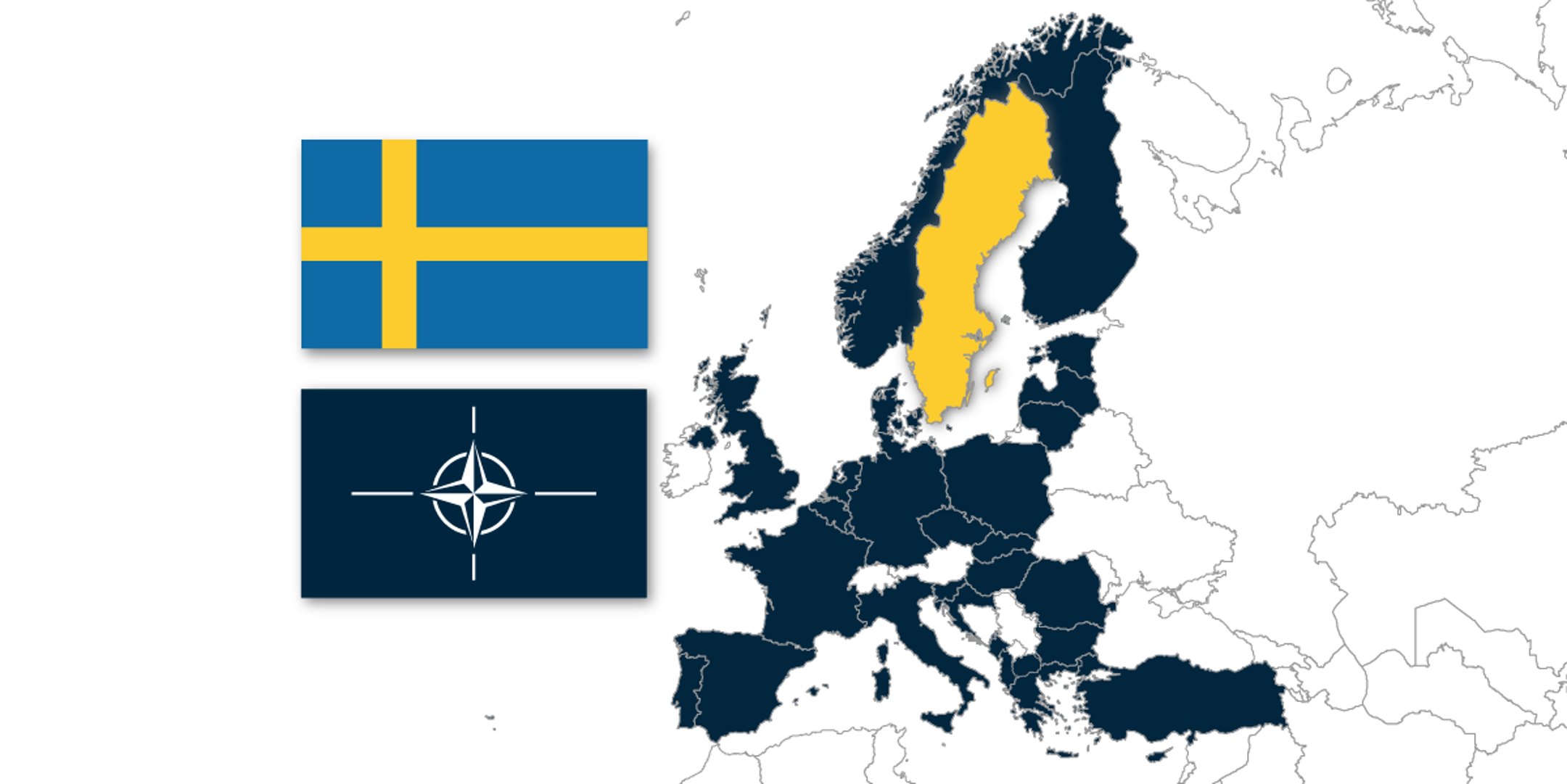
Sweden is poised to join the North Atlantic Treaty Organization, the world's largest military alliance, after Turkey dropped its year-long opposition Monday, paving the way for the Nordic country to become NATO’s 32nd member.
The alliance voted to accept Finland as its 31st ally on July 4.
Though Turkish President Recep Tayyip Erdogan agreed to Sweden’s membership, it’s not known exactly when Sweden will officially join NATO. The Turkish parliament must approve the agreement, known as the accession protocol.
The addition of both countries in the alliance is seen as a strategic victory for the West and a serious blow to Russian President Vladimir Putin, who calculated that Russia's invasion of Ukraine would rupture NATO, analysts say.
The two-nation expansion will add military assets to NATO, expand its boundaries and increase the number of opponents Russia would face if it invaded a NATO member. Article 5 of the alliance states that an attack on one member is an attack against all.
Here's what admitting Sweden and Finland could mean to other NATO countries:
Shifting NATO borders with Russia
The addition of Finland and Sweden will reinforce the eastern edge of the alliance and increase NATO's presence around the Baltic Sea. Finland shares a land border of nearly 900 miles with Russia.
Finland becomes the 31st member of NATO, dealing blow to Russia
Finland and Sweden's military will increase NATO forces
Finland's artillery is among the largest in Europe. Sweden's air force is backed by Gripen fighter jets and a navy. Military assets NATO could gain:
Sweden's submarines will give NATO an underwater edge
Sweden upgraded its Gotland-class submarines, which would strengthen NATO's military might in the Baltic Sea.
Enhanced security in the Baltic Sea
In addition to the war in Ukraine, tensions between NATO and Russia escalated when Baltic countries reported a Russian warship violated Danish territorial waters without authorization in June. NATO memberships for Sweden and Finland will transform the Baltic Sea to a "NATO lake," said analyst Daniel Hamilton at the Brookings Institution, allowing the alliance to increase its military presence on islands.
President Joe Biden said the United States would enhance its rotational deployments in the Baltic countries of Estonia, Latvia and Lithuania.
Sweden sent reinforcements to its military bases on the island of Gotland as Russian forces advanced into Ukraine. Recently, U.S. and Swedish forces conducted military exercises with amphibious landings and airdrops, as part of a NATO practice.
US to bolster troops in Europe
President Biden has pledged to boost the U.S. military presence in Eastern Europe, including establishing a permanent presence in Poland.
The United States has deployed or extended the deployment of more than 20,000 forces to Europe since the start of Putin's war against Ukraine in February, National Security Council Coordinator for Strategic Communications John Kirby said.
The United States will send two F-35 squadrons to the U.K., station two more destroyers in Spain and improve defense capabilities in Germany and Italy.
Working with military allies, Biden said the United States would help ensure that NATO nations are "ready to meet threats from all directions, across every domain."
Contributing: Francesca Chambers, Joey Garrison
SOURCE National Security Council Coordinator for Strategic Communications; The Associated Press; U.S. Department of Defense; USA TODAY research